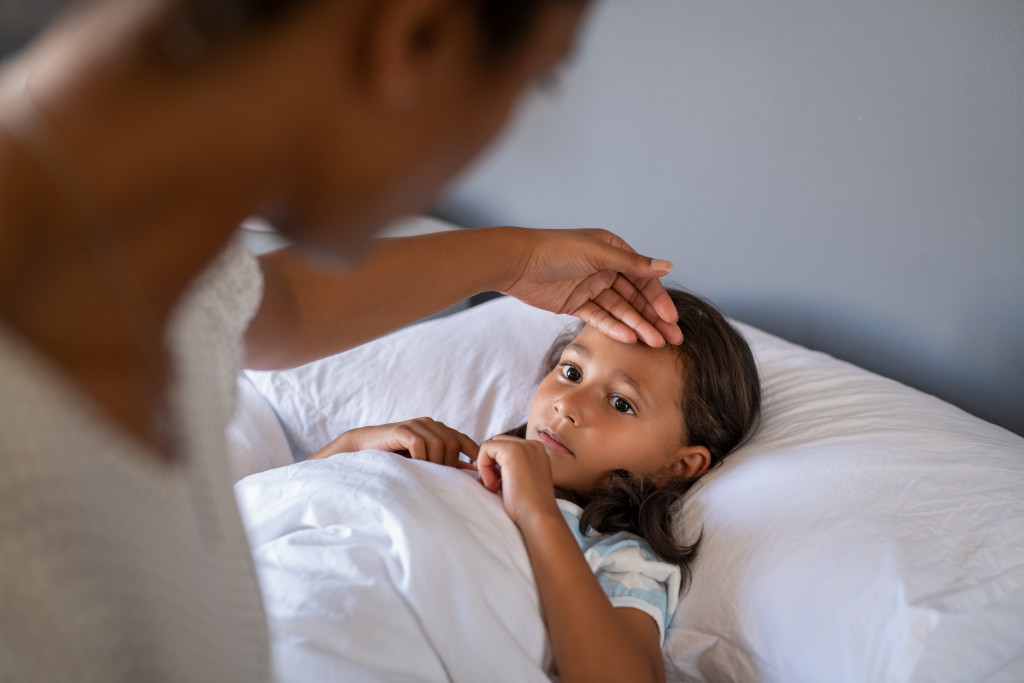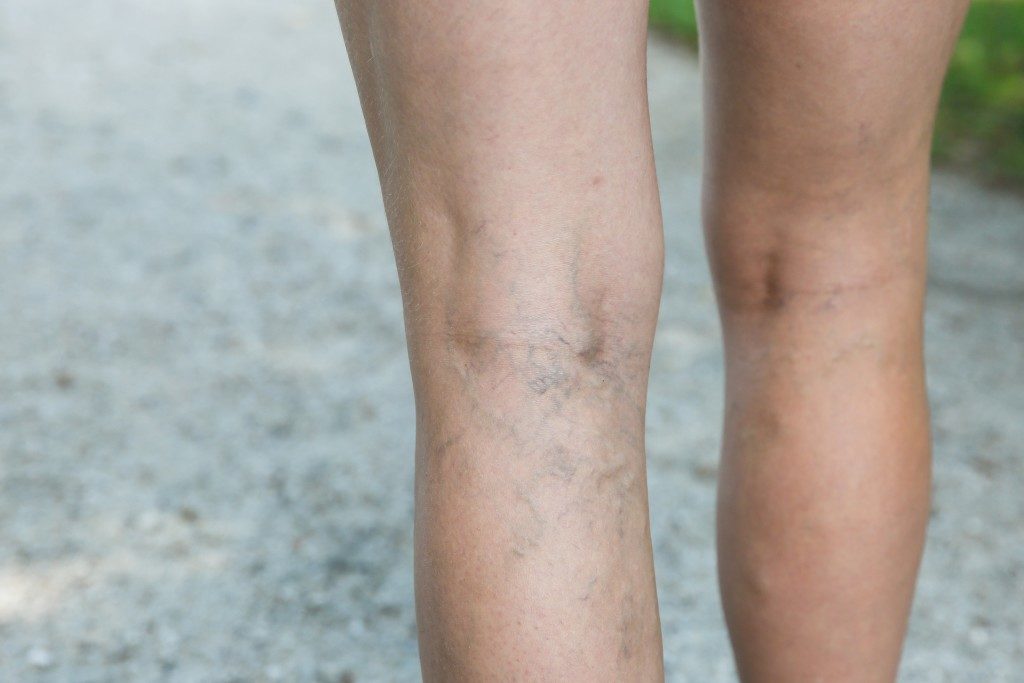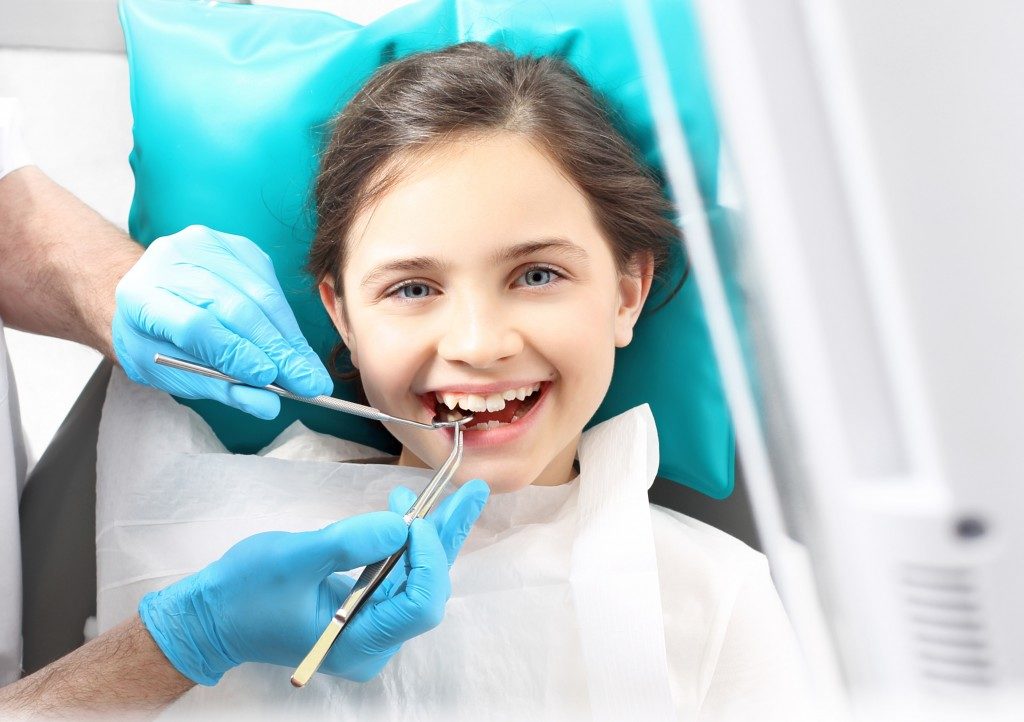- Common child health issues include colds, asthma, allergies, tooth decay, and various infections.
- Symptoms vary but can include coughing, sneezing, wheezing, rash, and discomfort.
- Effective solutions can range from multiple medications to hygiene practices and surgery.
- Prevention is vital, with tactics like avoiding triggers, staying hydrated, and following oral and restroom hygiene.
As parents, your child’s health is one of your top priorities. However, as much as you want your children to always be healthy, they can get sick from time to time. While some health issues are common and easily treatable, others require close attention and medical intervention. Here are some of the most common ones, their symptoms, and what you can do to help your child recover.
Common Colds:
The common cold is one of the most frequent health issues that children experience. Symptoms include coughing, sneezing, a runny nose, and fever.
While most colds will go away within a week, it’s essential to keep your child hydrated and comfortable during this time. Make sure they get enough rest and give them saline drops to help clear their nasal passages.
Always consult your pediatrician if the symptoms persist or if your child develops a high fever. If possible, keep your child away from other children and avoid taking them to public places until the cold has passed.
Asthma:
Asthma is a chronic condition that affects the airways and makes it difficult for your child to breathe. Symptoms include wheezing, coughing, and shortness of breath.
There are several triggers for asthma attacks, including allergies, pollutants, and exercise. If your child has asthma, make sure they take their medication as prescribed by their pediatrician and avoid their triggers as much as possible.
You should also talk to their gym teacher about any physical activities that could trigger an asthma attack and make sure to keep their rescue inhaler with them at all times.
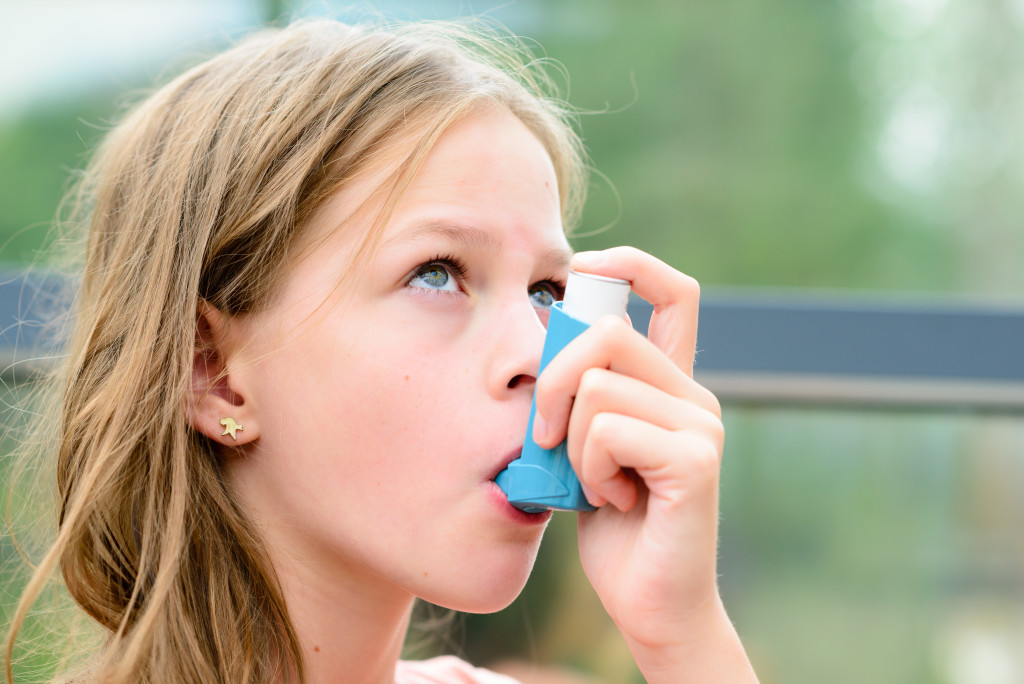
Allergies:
Allergies are prevalent in children and can be triggered by a variety of allergens, including food, pollen, and dust. Symptoms of allergies include itching, sneezing, and rash.
If you suspect your child has allergies, talk to your pediatrician will determine the trigger(s) and recommend the right course of treatment, whether it’s antihistamines or avoiding the allergen altogether.
If you haven’t identified the allergen yet, try to keep a record of what your child is eating and contact their doctor if they have any reactions. They can also perform an allergy test to determine the exact triggering agent.
Tooth Decay:
Tooth decay is a common health issue in children, especially if they don’t brush their teeth properly or consume too many sugary foods. Symptoms include pain and sensitivity when eating.
If you notice your child has tooth decay, make sure to take them to the dentist right away so they can get the necessary treatment. If the damage is extensive and irreparable, it’s advisable to get an efficient tooth removal procedure done.
In the meantime, you can help your child maintain good oral hygiene by brushing and flossing twice a day and limiting their consumption of sugary drinks and snacks. To prevent further issues, make sure they visit the dentist regularly for check-ups and cleanings.
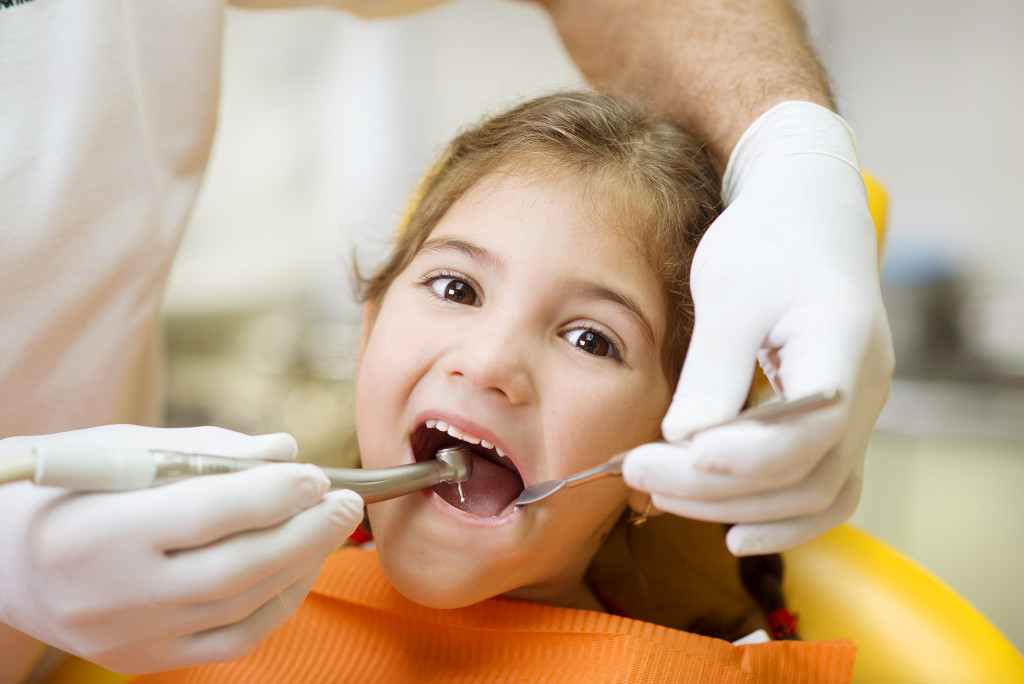
Various Infections:
Children can also get various infections or a response to a virus or bacterium. Depending on the type of infection, symptoms may include fever, discomfort, and pain. If your child has any of these symptoms, it’s essential to take them to the doctor right away so they can be correctly diagnosed. Here’s a rundown of each common child infection:
Ear Infections:
Ear infections occur when fluid builds up behind the eardrum and gets infected. Symptoms include ear discomfort, fever, and irritability.
A warm compress can help relieve the pain, and you can also give your child over-the-counter pain medication with your pediatrician’s approval. In some cases, antibiotics may be necessary. To avoid ear infections, make sure your child washes their hands frequently and avoid smoking around them.
Stomach Flu:
Stomach flu, also known as gastroenteritis, is an infection that affects the digestive system. Symptoms include vomiting, diarrhea, and fever.
To prevent dehydration, make sure your child gets plenty of fluids, such as water or oral hydration solutions. Avoid giving them milk, juice, or soda, as these can make symptoms worse. If your child’s symptoms persist for more than a day or two, or if they can’t keep fluids down, consult your pediatrician.
Urinary Tract Infection (UTI):
UTIs are bacterial infections that occur in the urinary tract. Symptoms include pain or burning sensation when urinating, fever, and abdominal pain.
To prevent UTIs in children, make sure they drink plenty of fluids and practice good hygiene when using the restroom. If you suspect your child has a UTI, visit your pediatrician right away so they can get the necessary treatment.
Pink Eye:
Pink eye, or conjunctivitis, is an inflammation of the eye and is one of the most common health issues in children. Symptoms include redness, swelling, discharge from the eyes, and itching.
To prevent pink eye from spreading, it’s essential to keep your child away from others until they’re better and to make sure they don’t touch their eyes or share towels. Over-the-counter eye drops can help reduce the itching and discomfort, but if the symptoms persist for more than three days, contact your pediatrician.
As a parent or caregiver, it’s essential to be knowledgeable about common child health issues and how to solve them. Remember, if you’re ever in doubt or concerned about your child’s health, it’s always best to consult your pediatrician. With the proper care, your child can recover quickly and get back to being happy and healthy.

